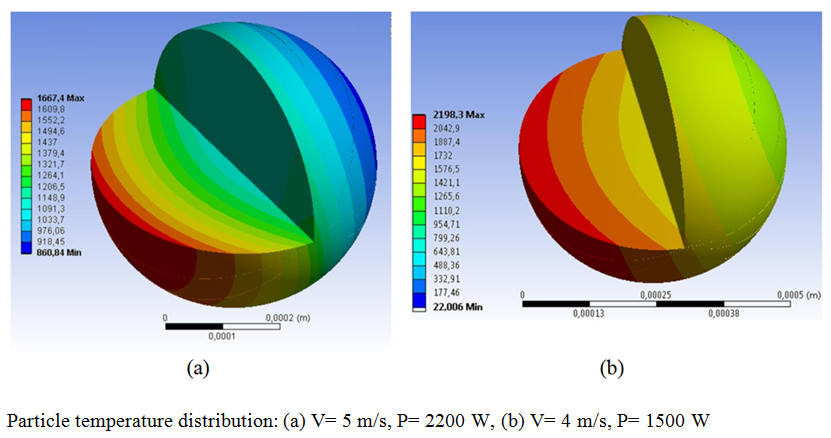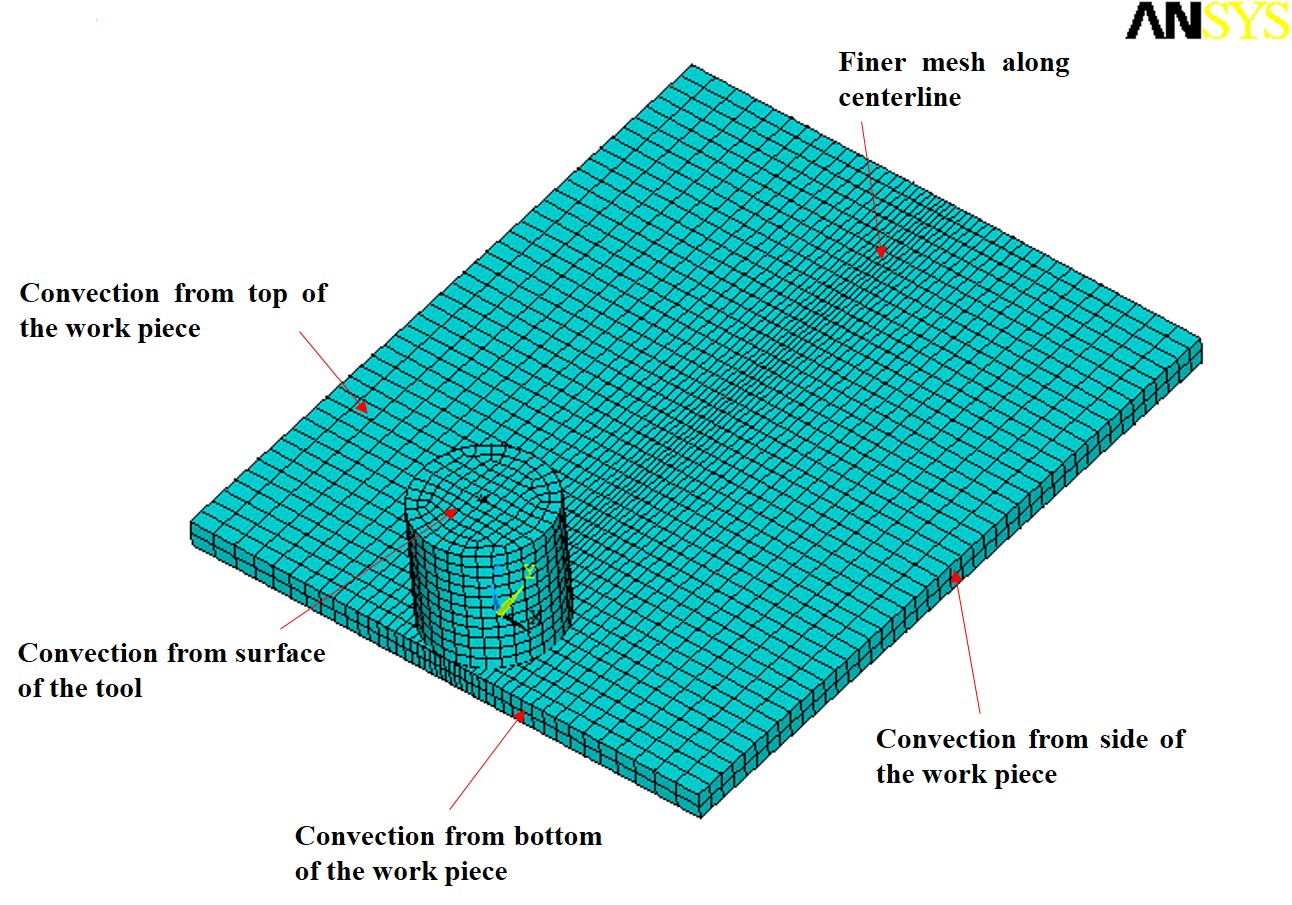Volume 15, Issue 1 (March 2018)
Abstract
(19781 Views) |
Full-Text (PDF)
(4807 Downloads)
|
Graphical Abstract
|
Highlights
- Metal particle heating in a gas-laser stream with a changing of radiation power density was investigated.
- The moment of particle impact to a nozzle wall with rotation acquisition was considered.
- Temperature unevenness of a rotating and not rotating particle was received and compared.
- Heterogeneity of particles heating was confirmed by metalgraphic investigations of the composite.
Abstract
(19679 Views) |
Full-Text (PDF)
(4654 Downloads)
|
Graphical Abstract
|
Highlights
- The fine carbides precipitated through the cryogenic treatment strengthen the structure and tie up with certain elements and restrict the promotion of instability during service.
- The ultimate tensile strength of the valve steel tested at room and elevated temperatures get enhanced through the DCT.
- The DCT process parameters are optimized for better hardness, wear resistance and tensile strength using grey-Taguchi technique.
- The precipitation of fine carbides, transformation of retained austenite and refinement of carbides were the reasons behind the improvement of the mechanical properties.
Abstract
(20782 Views) |
Full-Text (PDF)
(4517 Downloads)
|
Graphical Abstract
|
Highlights
- P2O5 increased the crystallization temperatures of the lithium silicates phases.
- While the chemical resistance of the glasses P2O5 was decreased with P2O5, it was improved in the glass-ceramics with P2O5.
Abstract
(20273 Views) |
Full-Text (PDF)
(4751 Downloads)
|
Graphical Abstract
|
Highlights
- Ge1-xCx coatings were deposited on ZnS substrates by PECVD technique.
- Optical parameters of the Ge1-xCx coatings were measured by the Swanepoel method.
- The refractive index of the coatings decreased as CH4:GeH4 increases.
- By increasing the CH4:GeH4, the optical gap of coatings was increased.
Abstract
(21370 Views) |
Full-Text (PDF)
(4712 Downloads)
Abstract
(24306 Views) |
Full-Text (PDF)
(5110 Downloads)
|
Graphical Abstract
|
Highlights
- Friction stir welding of high density polyethylene plates was performed successfully.
- An enhanced friction model is developed for thermo-mechanical FSW analysis.
- The model was validated by measuring actual temperatures near the weld nugget.
Abstract
(20934 Views) |
Full-Text (PDF)
(4658 Downloads)
|
Graphical Abstract
|
Highlights
- Friction stir welding of thin 2024 aluminum alloy was performed successfully.
- The effect of tool rotation speed on microstructure and crystallographic texture of the joint was investigated.
- The grain structure and texture evolution during the whole process of friction stir welding were clarified.
- Stir zones exhibited different crystallographic textures
Abstract
(21288 Views) |
Full-Text (PDF)
(4929 Downloads)
|
Graphical Abstract
|
Highlights
- Lap joints of commercially pure magnesium plates to aluminium plates were conducted by friction stir welding using various traveling and rotation speeds of the tool.
- Joints with sound appearance were achieved using tool rotation of 1600rpm and welding line speeds in the range and 40–120 mm/min.
- In low rotational speeds, such as 800 and 1000 rpm, there were large weld defects like groove, tunnel, and macrovoid.
- The maximum value of microhardness in the stir zone was twice higher than the base materials.
- The joint strength in the present study was higher compared to similar works where Al plate was positioned on the top. This seems to be the result of the lower heat generation and thinner intermetallic layer formation in the stirred zone.
Export as:
HTML
|
XML
|
RSS













